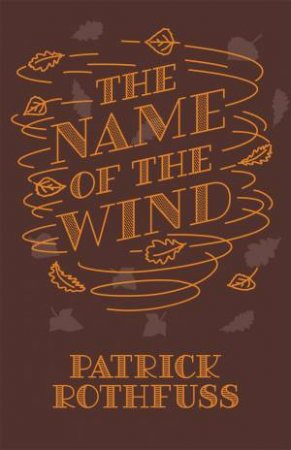
Rothfuss' writing is descriptive and lyrical, beautiful to read. A few sections are excessively grandiose in tone: "I have stolen princesses back from sleeping barrow kings[...]tread paths by moonlight that others fear to speak of during day. I have talked to gods, loved women, and written songs that make the minstrels weep. You may have heard of me." Similarly, Kvothe's constant reiteration of his inability to even properly describe the woman he loves is exhausting. However, these sections are embedded within Kvothe's narrative, and serve to underscore the fact that he is not a reliable narrator; as he points out: "You have to be a bit of a liar to tell a story the right way."
I particularly enjoyed the careful repetition of certain themes and motifs. Silence is omnipresent during the interludes, in stark contrast to the strong musicality of the autobiographical portions. The Mating Habits of the Common Draccus is mentioned throughout the novel. It solidifies the setting, but the book also connects to multiple characters and events in entertaining and satisfying ways.
I do find it odd that the majority of the events take place somewhere between the ages of 12 and 17, and although Kvothe will frequently mention only having two shirts, he never mentions outgrowing his clothes or noticing that his pants are ridiculously short. I suppose growth spurts just don't happen in this fantasy world.
My edition was a tenth-anniversary edition, and it included a map and several illustrations. The map was a nice touch, although the story is not so dense or confusing that I ever felt it necessary to refer to it. However, I personally did not love reading with the illustrations. These illustrations, in particular, seem to focus on portraits of the characters rather than actions or settings, and I would rather imagine characters in my head or forbear to imagine them visually at all rather than give them a face. I really hate the standard fantasy novel cover that's just some people posing with swords and maybe a dragon or some magic. I also thought the character designs and clothing were disappointingly standard fantasy fare, and that the female characters seemed less sensibly dressed than their male counterparts.
I was also not particularly impressed with the book's treatment of female characters. It seems like there's a pattern throughout the novel of every single time Kvothe has to dash in and save somebody, somebody is female. One of the characters he saves points out that she never wanted to be somebody who needed saving, and there's a conversation about it, but her whole role in the book still seems to be "attractive female the main character can save and also ignore romantically to show how in love he is with the female romantic lead".
I do like the female romantic lead character though, and she is quite well-developed. I am perhaps more curious about her because the story is not told from her perspective, and there are more unanswered questions. I also enjoy when she points out something clever that Kvothe didn't notice; she is shown to be able to interact with him intellectually, and I liked seeing that aspect of their relationship represented.
Despite its flaws, The Name of the Wind was an enjoyable read that left me with a lot of questions, and a strong desire to read the sequel. The frame story is full of mysteries, and the question of how Kvothe ended up where he is now always looms.
This comment has been removed by a blog administrator.
ReplyDelete